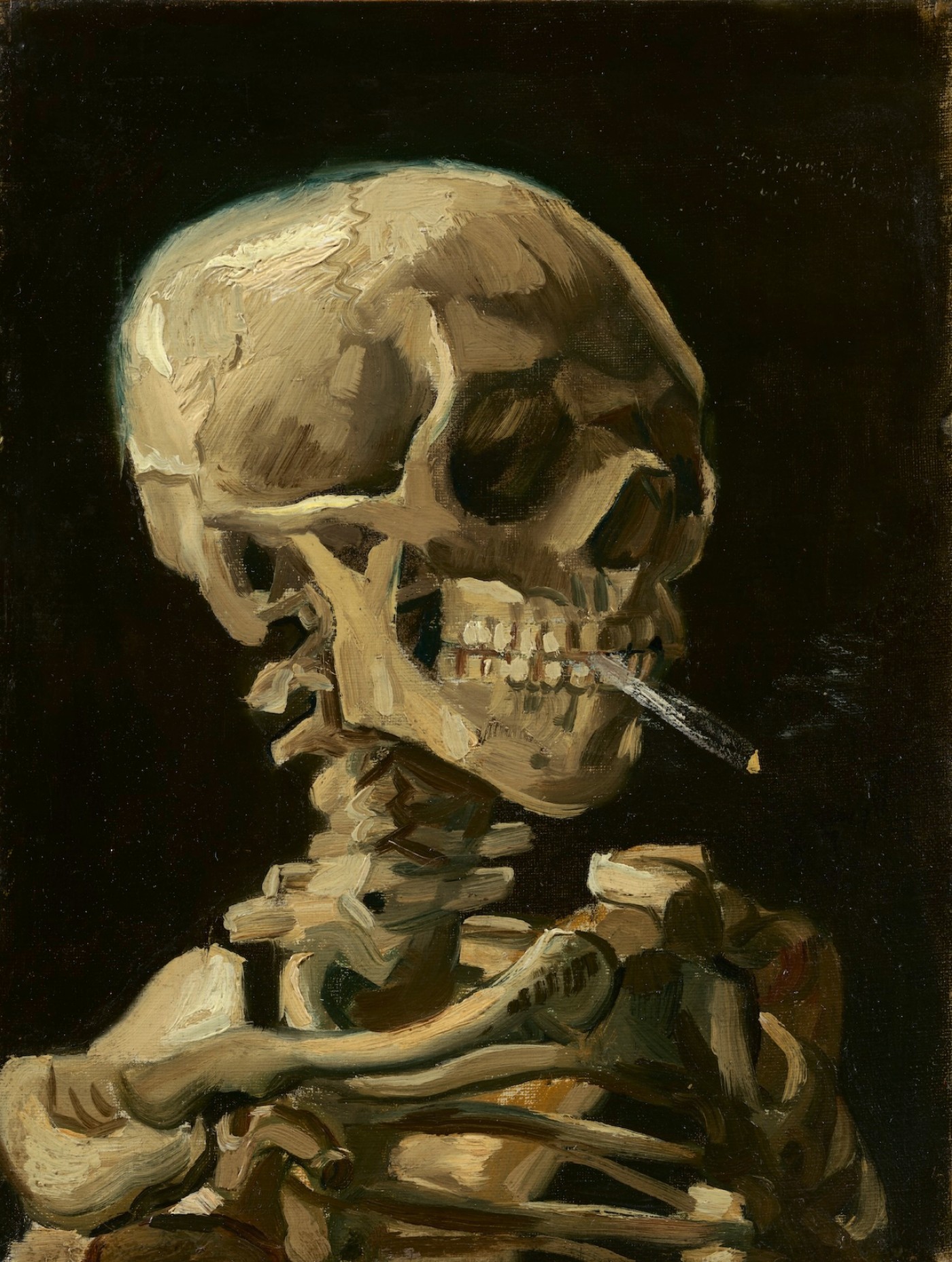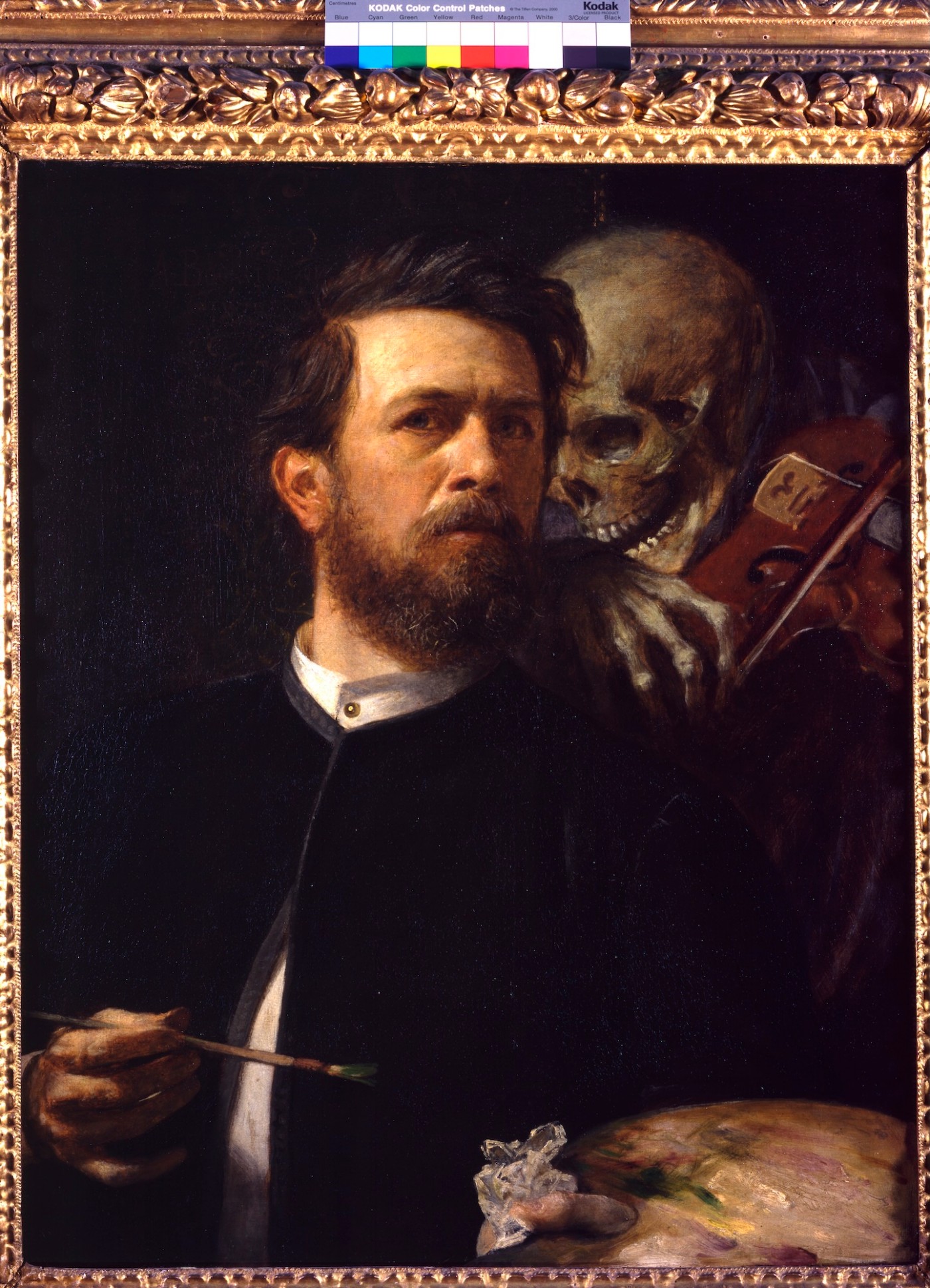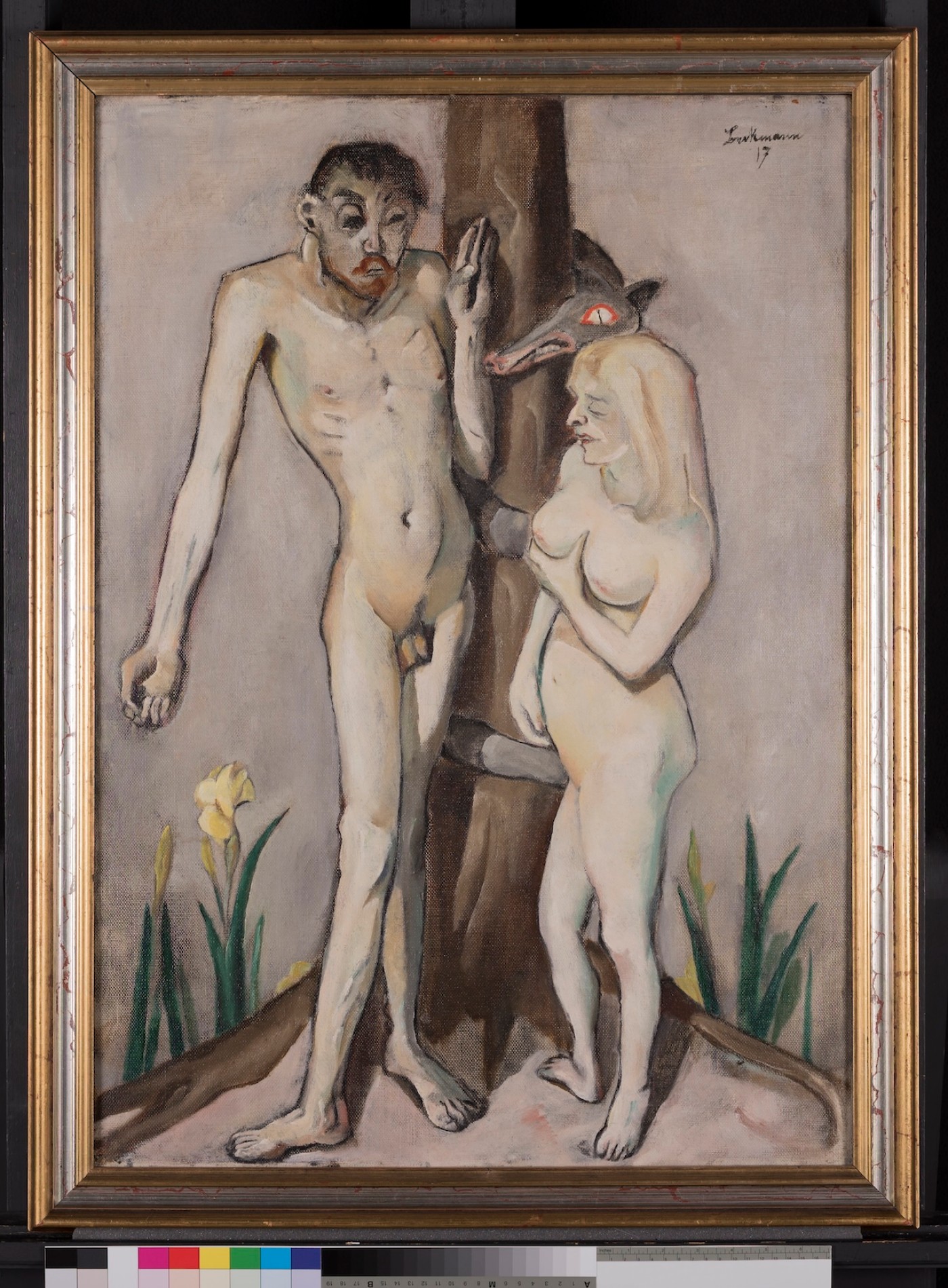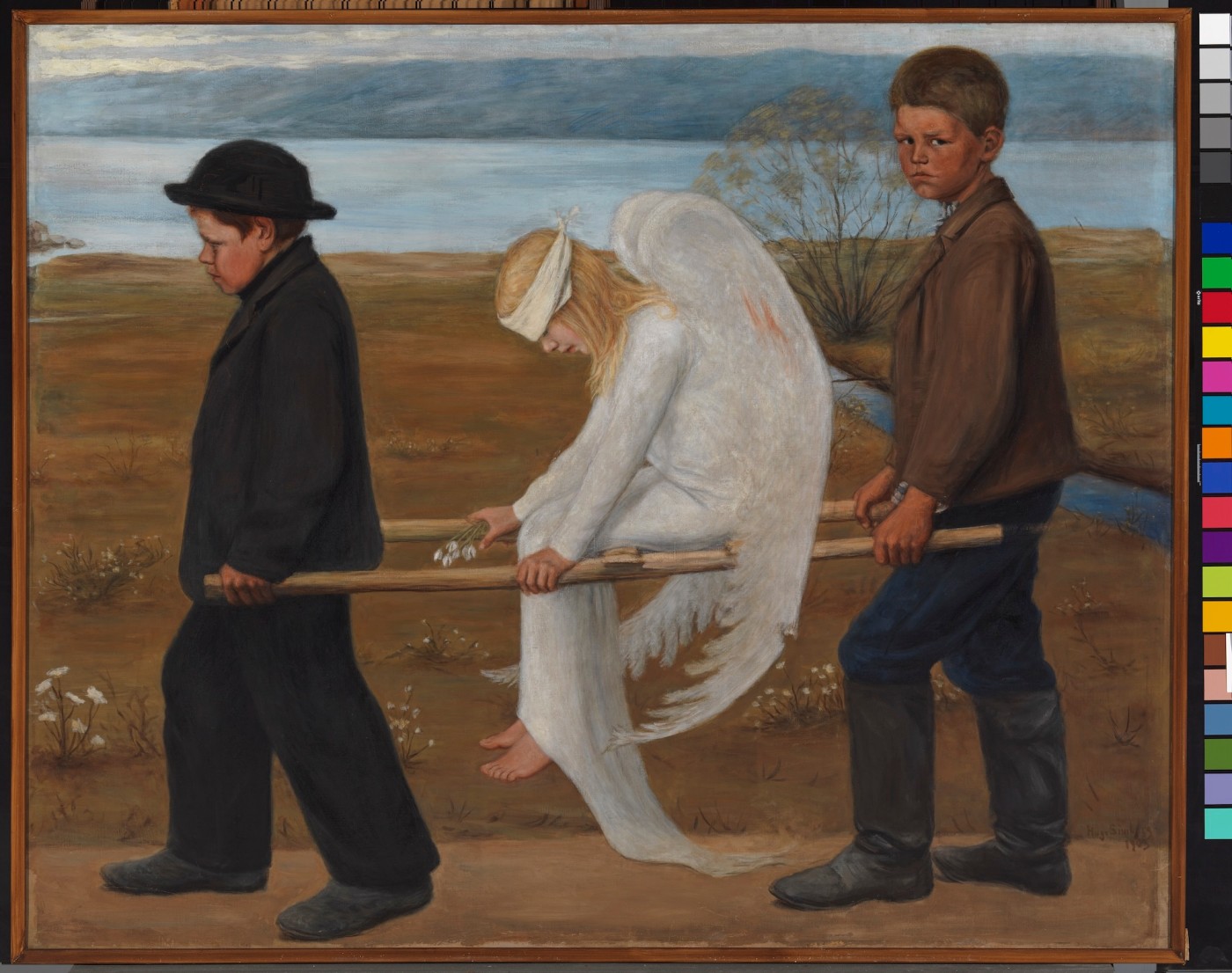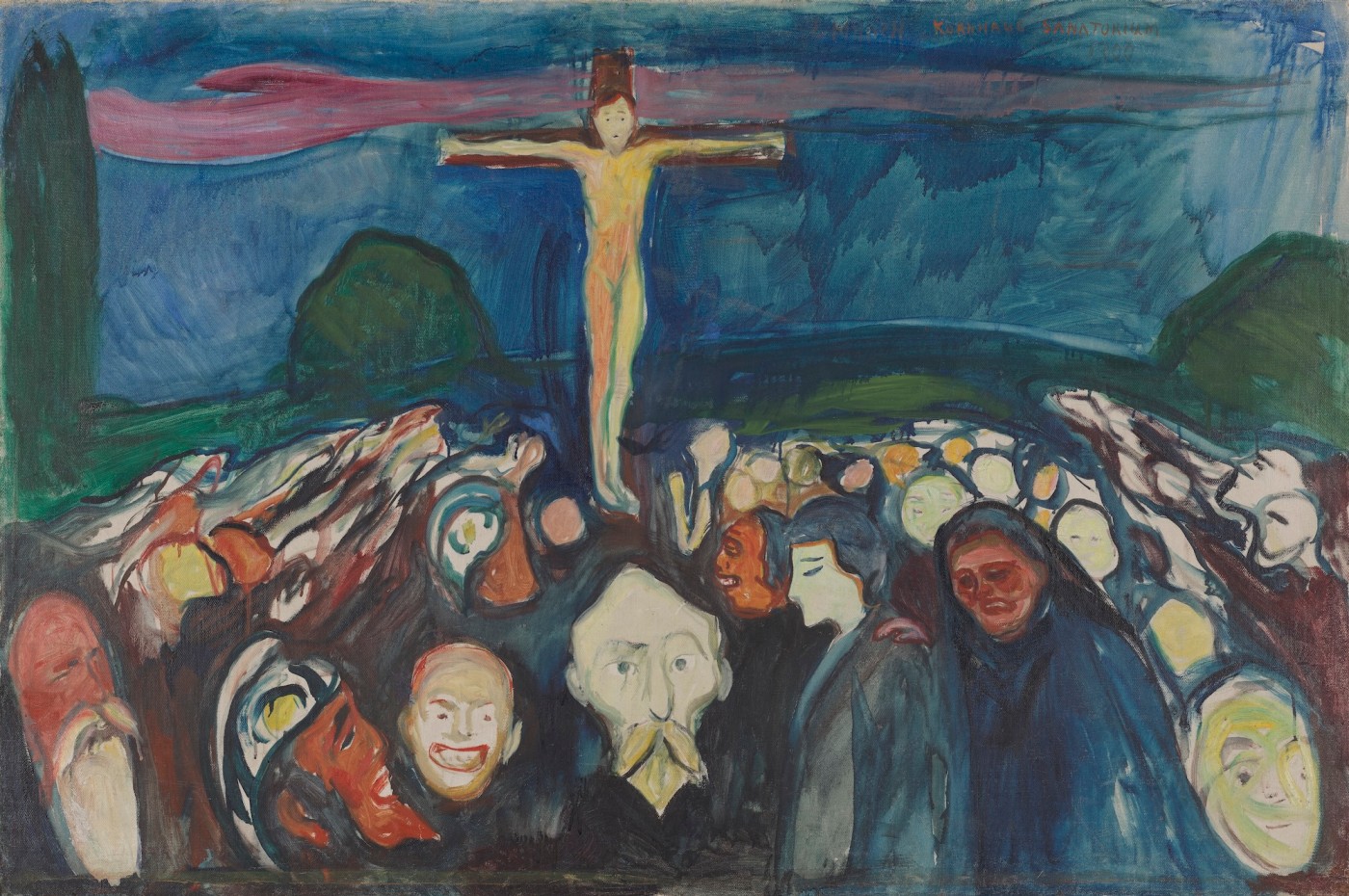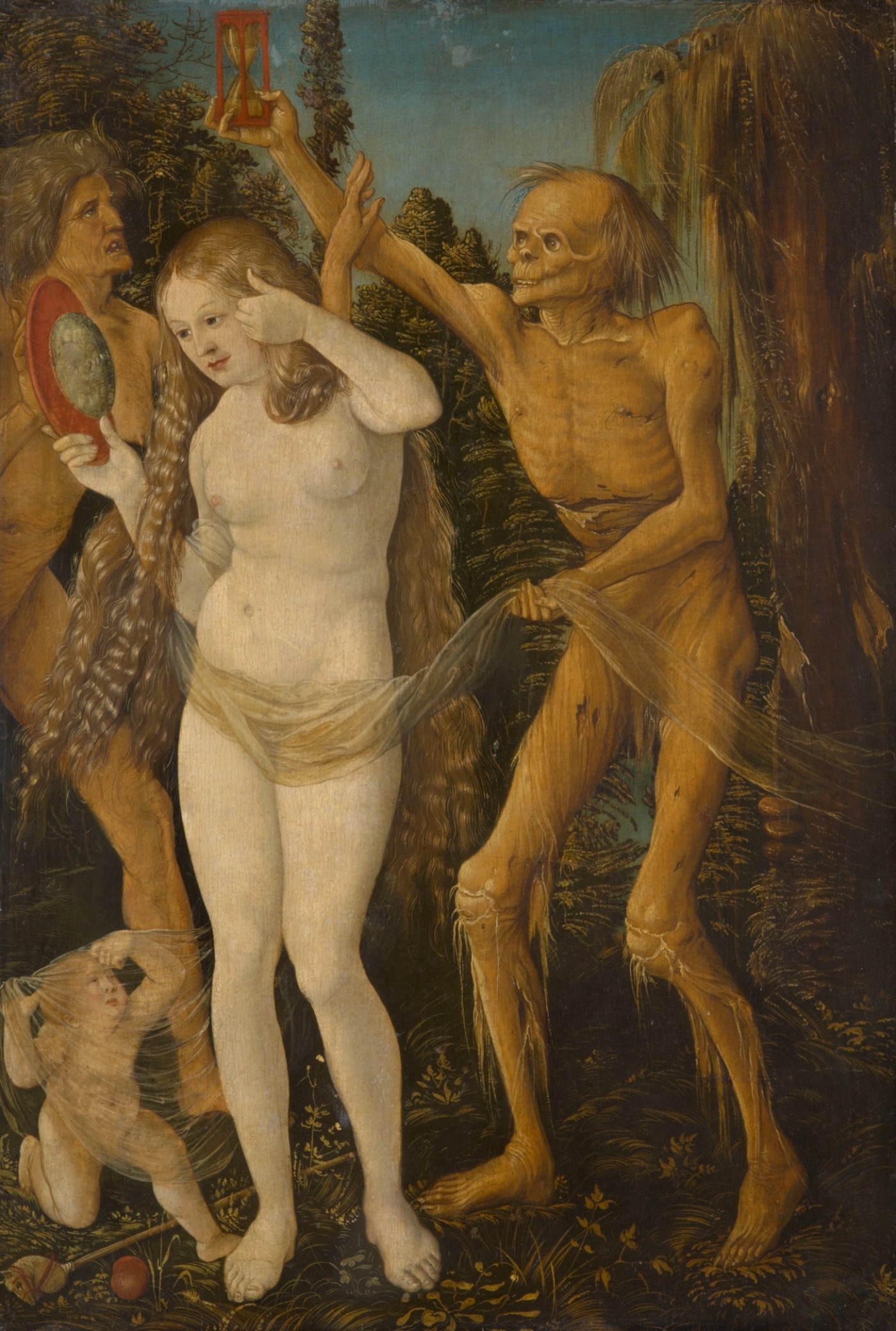
Interview With Albertina Director: New Perspectives With Gothic Modern
Learn in this interview with Dr. Ralph Gleis how the exhibition “Gothic Modern” highlights the dialogue between medieval and modern art and opens art to society.
In the exhibition “Gothic Modern” at the Albertina in Vienna, the emotional expressiveness of medieval art meets masterpieces of symbolism and expressionism. This show allows visitors to explore the connections between past and present and shows how modern artists were inspired by Gothic models.
As part of the opening, we spoke with Dr. Ralph Gleis, who has been Director General of the Albertina since early 2025 and curated the exhibition. In our conversation, he discusses the background of the exhibition and the role of Raiffeisen Bank International (RBI) as a sponsor. This support makes it possible to realize cultural projects such as “Gothic Modern” and to invite some of our customers to this event. Gleis also explains the importance of art as a unifying element in modern society.
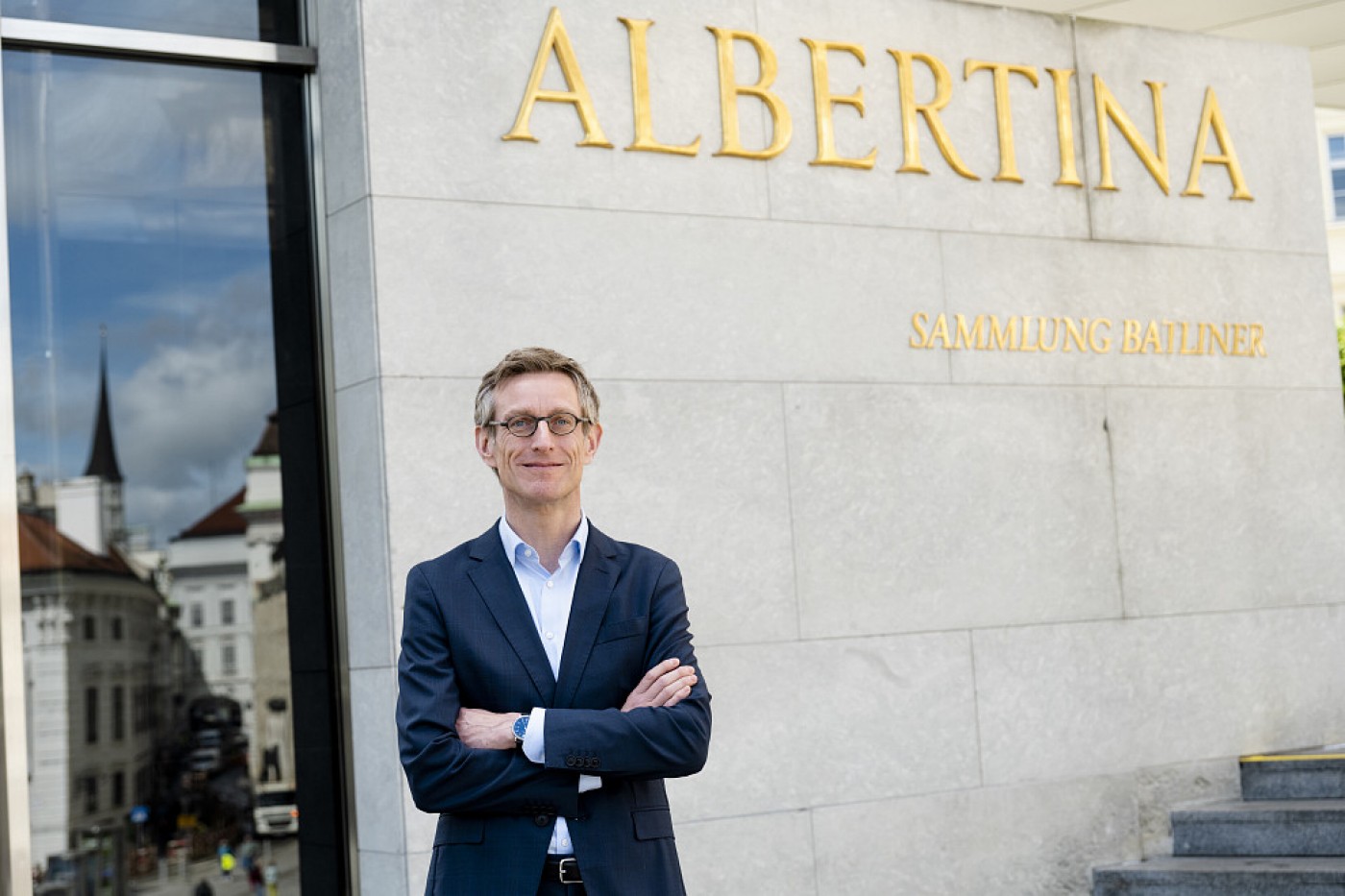
Interview with Dr. Ralph Gleis
Dr. Gleis, Gothic Modern shows how modern artists consciously drew inspiration from late medieval art. What was the most surprising dialogue between modern works and those of the 15th century for you personally?
Dr. Gleis: Modernism is usually understood as a radical new beginning and a break with tradition. What is surprising here, however, is that modern artists also looked to historical models, but ones that predate the academic tradition, namely works from the Middle Ages and the Gothic period.
It is precisely this unusual perspective on modernism that is at the heart of Gothic Modern, an exhibition created in a joint research project with the Ateneum Art Museum in Helsinki and the National Museum in Oslo. It brings modern and Gothic works into direct dialogue with each other and reveals how contemporary and innovative Gothic art was already in terms of form and expression.
The exhibition brings together works by Munch, Beckmann, and Kollwitz with those by Dürer, Holbein, and Cranach. How were the works selected to enable this historical bridge to be built?
Dr. Gleis: Some of the modern artists featured in the exhibition deliberately engaged with Gothic models, taking their cue from specific works.
For example, Alberto Giacometti copied Dürer's Knight, Death, and the Devil as a young man, while Paula Modersohn-Becker drew from Lucas Cranach at the Louvre.
Similar to the Middle Ages, in modern times — especially against the backdrop of social upheaval and war — the confrontation with death once again became the focus of artistic creation.
This gives rise to interesting parallels: for example, between Hans Holbein's Danse Macabre series and modern variations on this motif, or in the work of Käthe Kollwitz, who draws on medieval Pietà depictions for her motif of a mother mourning her child.
Egon Schiele, who was described as a “neo-Gothic artist” by critic Arthur Roessler, also uses expressive gestures in his depictions of the human body, which can also be found in the radical representations of figures in medieval art.
Incidentally, Edvard Munch was inspired by the expressive lighting effects of Gothic rose windows when designing the sun motif for his project for the university auditorium in Oslo.
World-renowned for its outstanding collection of graphic art, the Albertina is fortunate to possess key works from both the Gothic period, from Albrecht Dürer to Lucas Cranach, and the modern era, from Käthe Kollwitz to Edvard Munch and Max Beckmann. This is precisely why we were keen to build a bridge to our own core collection here in Vienna.
Is there a work in the exhibition that is particularly close to your heart — and if so, why?
Dr. Gleis: I would mention some individual juxtapositions: for example, a Gothic carving, the so-called Boppard Pietà, which served as a model for Max Beckmann's art and can be seen next to it.
In addition, a series of Madonna paintings is also worth mentioning, where old masters such as Baldung Grien are juxtaposed with reinterpretations by 20th century artists such as Marianne Stokes and Paula Modersohn Becker.
Through its sponsorship of the “Art + Dine” event, Raiffeisen Bank International is offering selected customers exclusive advance access to the exhibition. How important is this kind of institutional support for the realization of exhibition projects such as Gothic Modern?
Dr. Gleis: Such collaborations are of great importance to the Albertina — not only in terms of the associated support for the arts, but also in terms of visibility and impact.
An ambitious exhibition project like Gothic Modern, which combines great art with high scientific and curatorial standards, needs solid partners who can support this level of excellence. The collaboration with RBI allows us to make cultural excellence accessible — with high quality and without compromise. I see this as a form of shared responsibility between public institutions and committed businesses.
What role does cooperation with partners such as RBI play in bringing art to a wider audience?
Dr. Gleis: Today, we need to think beyond the traditional museum visit. Combining culture with social experience is always a win-win situation. Institutional partners such as RBI create important spaces in this regard: They open doors, enable new approaches, and help ensure that art is also perceived as a social event. This is a real added value for us!
The Gothic Modern exhibition comprises around 200 works (numerous international loans supplemented by works from the museum's own collections). It will be on display at the Albertina Vienna from 19 September 2025 to 11 January 2026.

Vincent Van Gogh Head of a Skeleton with a Burning Cigarette 1886 Van Gogh Museum (c) V v Gogh Foundation s0083V1962 gbca 
Arnold Böcklin Self-Portrait with Fiddling Death 1872 State Museums of Berlin (c) Photo bpk AI633_001 
Max Beckmann Adam and Eve 1917 State Museums of Berlin (c) Photo bpk h 00042337 
Hugo Simberg The Wounded Angel 1903 Ateneum Helsinki (c) ## KG2022DK493 
Edvard Munch Golgotha 1900 Munch Museum (c) Photo Munch Museum Ove Kvavik 
Hans Baldung Grien The Three Ages of Man and Death 1509-10 KHM (c) KHM GG 2636

About Dr. Ralph Gleis
Dr. Ralph Gleis, born in Münster in 1973, studied art history, history, and sociology at the universities of Münster, Bologna, and Cologne. His first professional positions as a gallery assistant and editor of an art magazine preceded his move into the museum sector.As a research assistant in further education, he worked at the German Historical Museum in Berlin and the Royal Museum of Fine Arts in Antwerp before moving to the House of History of the Federal Republic of Germany in Bonn as a research assistant.
In 2009, he moved to Vienna, where Gleis joined the Wien Museum as curator for painting and graphic art up to 1900 and, between 2013 and 2017, took over as curator for sculptures and plastic arts and project manager for the “New Permanent Exhibition”. In 2017, he was appointed director of Alte Nationalgalerie Berlin and will be entrusted with its newly created directorate from 2022. On 1 January 2025, he took up the position of Director General of the Albertina.
